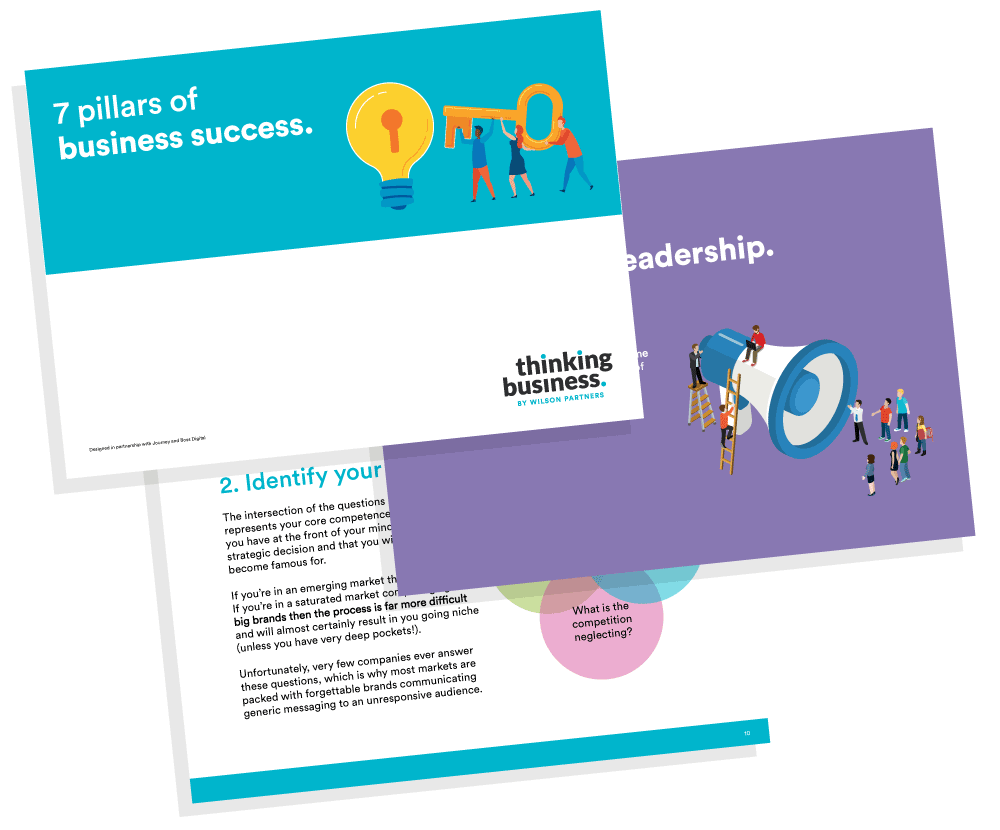
Novelty vs Advancement
Throughout history advancements and novelties have played a pivotal role in pushing the boundaries of human knowledge and consequently improving our lives. Whether it was during the agricultural revolution12,000 years ago, the digital revolution which started in the 1980s, or the internet and renewable energy revolution in the 2000s, novelties and advancements have been an integral part of human progress and they continue to shape our world, inspiring new generations to innovate and solve challenges of the future.
Although technically novelties and advancements share a lot in common in terms of their technical definition, from an R&D tax credit perspective a novel idea in of itself may not meet the definition of an advance for R&D tax purposes.
What is a novelty?
Generally, a novelty refers to something that is new, unique, or original. In essence, a novelty is an attribute of an object, idea, concept, product, or experience that sets it apart from what has been seen or experienced before it occurs.
In the context of R&D, a novelty is often the goal sought after. Additionally, novelty is a fundamental requirement for obtaining intellectual property, particularly patents. Commercially, achieving novelties can provide businesses with a competitive edge. Businesses who can introduce novel innovation solutions often get to enjoy first-mover advantage in addition to differentiation from their competitors which, consequently, attracts customers, generates excitement, and drives market adoption.
Novelty is also a key factor in obtaining funds when evaluating research proposals. Funding is often granted to projects that demonstrate high levels of novelty and potential.
Ideally, achieving a novelty using unknown methods or new technologies can significantly enhance the level of novelty and the originality of the research contribution. However, a novelty can still be achieved if it was discovered using known methods. For example, novelties can be represented by incremental improvement of existing methods of technologies. Also, a novelty can be achieved by combining two technologies together to achieve a new outcome or by applying commonly available methods in new context or application.
As novelties can be subjective and may vary depending on the specific field or industry, it is always important to try and quantify or measure the novelty against a well-known criterion for example, performance metrics, efficiency calculations, cost-reduction, etc.
What is an advancement?
As per HMRC’s definition, an advance in science and technology means an advance in the overall knowledge or capability in a field of science or technology (not a company’s own state of knowledge or capability alone). This includes the adaptation of knowledge or capability from another field of science or technology where this adaptation was not readily deducible. An advance in science or technology may have tangible consequences like a new product, or intangible outcomes like process improvements, for example.
From an R&D tax credit standpoint, a novelty achieved using commonly available knowledge or without resolving technical and scientific challenges is not advancement. In essence, a technical or scientific novelty is an advancement from an R&D tax credits perspective if it was achieved using knowledge not available in the public domain by resolving technical and scientific challenges.
Event
Webinar – Changes to the UK Trust Registration Service, May ’22
A short webinar and Q&A session with our Trust specialists Jodie Green and Sara Pedrotti. You can view the video and download the presentation here.

Download our free guide to the 7 pillars of business success
Read our free guide what you need to focus on to help you make better decisions and achieve your goals quicker.
Please complete our form to download the guide.
Sign up to receive alerts
Call us on 01628 770 770 for a no-obligation chat
You may also be interested in...
Meet the team in 90 seconds – Lesley Kibble
Introduce yourself Hi, I'm Lesley, outside of work I love to travel with my partner Lee and visit new places. I recently returned from Krakow, Poland…
Seeking investment: Getting your business fit for investment
Get your house in order before seeking finance, and you may not need it! Before looking for capital from external sources, it is paramount to ensure…
Meet the team in 90 seconds – Tom Bradbury
Introduce yourself Hi, I'm Tom and I am a Director in the Corporate Finance Team here at Wilson Partners. I started my career and did my training…




